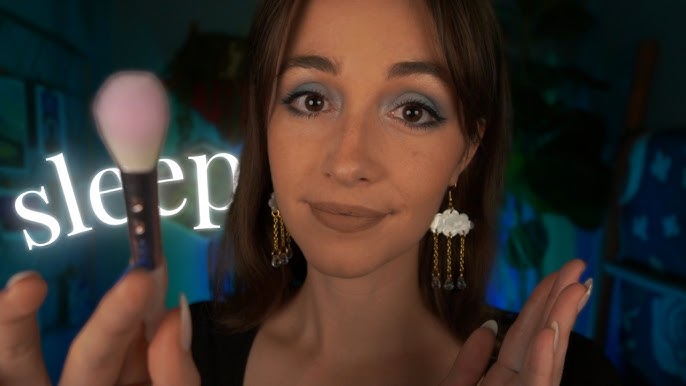
Sleep-Inducing Sounds: ASMR for Insomnia
admin
- 0
littlecellist.com – Insomnia, the persistent difficulty in falling asleep or staying asleep, affects millions of people worldwide. The consequences of sleepless nights can be far-reaching, impacting not only physical health but also mental well-being and daily functioning. In the search for effective, non-pharmacological solutions, many have turned to the soothing world of ASMR (Autonomous Sensory Meridian Response). This article explores how ASMR can be a powerful tool in combating insomnia, providing relief and restorative sleep to those who need it most.
Understanding ASMR
ASMR is a sensory experience that often begins with a tingling sensation on the scalp, moving down the back of the neck and spine. This sensation is typically triggered by specific sounds, such as whispering, tapping, or soft scratching. The experience is deeply personal, with different triggers working for different individuals.
ASMR and Insomnia: A Natural Solution
For those struggling with insomnia, the calming effects of ASMR can be a game-changer. The gentle, rhythmic sounds can help to reduce stress and anxiety, creating a soothing environment that encourages sleep. Unlike pharmaceutical interventions, ASMR is non-invasive and free from side effects, making it an attractive option for many.
Sleep-Inducing ASMR Sounds
Whispering
Whispering is a classic ASMR trigger that can be particularly effective for sleep. The soft, low volume of the voice can create a sense of intimacy and comfort, helping to quiet a racing mind.
Tapping
The rhythmic tapping of fingers or objects can mimic the heartbeat, providing a soothing background noise that helps to regulate breathing and heart rate, facilitating a smoother transition into sleep.
Brushing Sounds
The sound of a brush gently moving across different surfaces can evoke a sense of being touched or caressed, promoting relaxation and a feeling of safety.
Nature Sounds
Incorporating natural elements like the sound of rain, wind, or leaves rustling can transport listeners to a serene outdoor setting, far removed from the stresses of daily life.
How to Use ASMR for Insomnia
Create a Relaxing Environment
Before introducing ASMR, ensure your bedroom is conducive to sleep. Dim the lights, adjust the temperature, and make your bed comfortable. A relaxing environment sets the stage for a successful ASMR experience.
Choose Your ASMR Trigger
Experiment with different ASMR sounds to find the ones that work best for you. There are countless videos and audio tracks available online, catering to a wide range of preferences.
Set the Volume
The volume should be low enough to be soothing but loud enough to effectively trigger the ASMR response. Headphones can help to achieve the right balance and enhance the immersive experience.
Consistency is Key
Incorporate ASMR into your nightly routine to help signal to your body that it’s time to wind down and prepare for sleep. Consistency can help to reinforce the association between ASMR and sleep.
Conclusion
For those battling insomnia, ASMR offers a gentle, effective solution. By understanding and utilizing the calming effects of ASMR, individuals can create a personalized sleep sanctuary that promotes relaxation and rejuvenation. As you explore the world of ASMR, remember that the goal is to find what works best for you, allowing the gentle sounds to guide you into a peaceful slumber.


